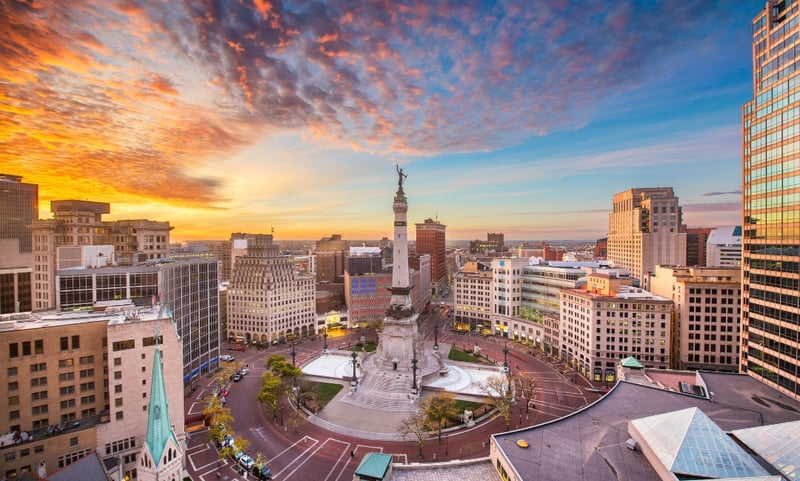Office Design
Resource Page
Quick Article Links
How to Create Efficient Office Layouts
Office Design in Indiana
Office Design Inspiration
Why is Office Design Important?
Office Design Elements of Conference Rooms
Office Design Elements of Open Spaces
Office Design Elements of Executive Offices
Office Design Elements of Breakrooms
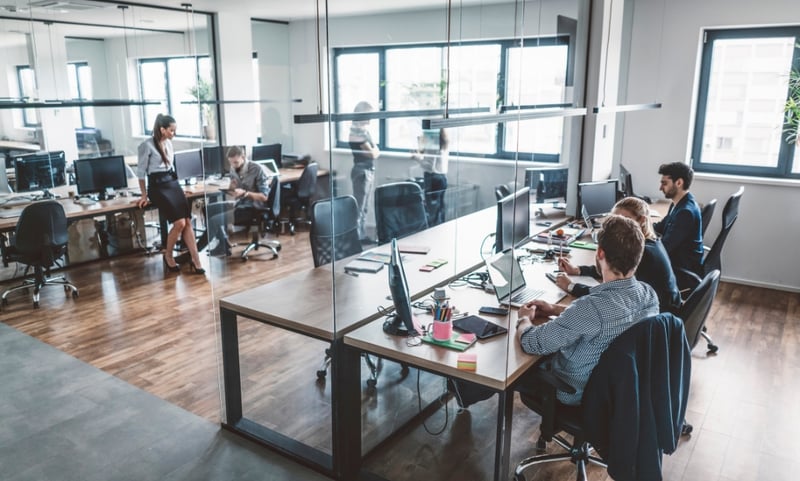
How to Create Efficient Office Layouts
Creating an efficient office layout involves careful consideration of a range of factors, including the needs of employees, the available space, and the type of work being performed. Here are some tips on how to create an efficient office layout:
- Determine the needs of your employees: Before you start designing your office layout, it's important to understand the needs and preferences of your employees. Consider factors such as the type of work being performed, the number of employees, and any special requirements, such as quiet spaces or collaborative areas.
- Consider traffic flow: When designing your office layout, it's important to consider the flow of traffic throughout the space. Ensure that pathways are clear and unobstructed and that employees can move easily between different areas.
- Focus on ergonomics: Office furniture and equipment should be designed with ergonomics in mind. This means choosing chairs, desks, and other furniture that are comfortable and support good posture, as well as positioning equipment such as computer screens at the correct height and angle.
- Maximize natural light: Natural light has been shown to boost productivity and well-being, so try to maximize the amount of natural light in your office. If this isn't possible, consider using artificial lighting that mimics natural light as closely as possible.
- Create designated areas: To promote focus and productivity, it's important to create designated areas for different types of work. This could include individual workstations, quiet spaces for focused work, and collaborative areas for team projects.
- Make use of technology: Technology can play a key role in creating an efficient office layout. Consider using tools such as virtual whiteboards and video conferencing to facilitate collaboration and communication, and invest in ergonomic keyboards and mice to reduce the risk of repetitive strain injuries.
➡️ Learn how to declutter your space and finally get organized
Office Design in Indiana
Office design in Indiana has some common design trends and considerations that are often seen. These may include:
- Collaborative workspaces: Businesses often value collaboration and teamwork, and as such, many office designs include open, collaborative workspaces that facilitate communication and interaction between team members.
- Comfortable and flexible furniture: Comfortable and flexible furniture is an important consideration in office design. This includes ergonomic chairs and desks that promote good posture and reduce the risk of injury, as well as modular furniture that can be easily rearranged to accommodate different types of work.
- Natural materials and colors: Many office designs incorporate natural materials such as wood and stone, as well as earthy colors and tones, to create a calming and welcoming atmosphere.
- Technology integration: Technology plays an important role in modern office design, and many Indiana offices are designed with technology integration in mind. This includes features such as smart lighting and temperature control systems, as well as high-speed internet and video conferencing tools.
- Sustainability: Many Indiana businesses are committed to sustainability, and office design is no exception. Sustainable design features such as energy-efficient lighting and HVAC systems, as well as the use of recycled materials in furniture and fixtures, are becoming increasingly common.
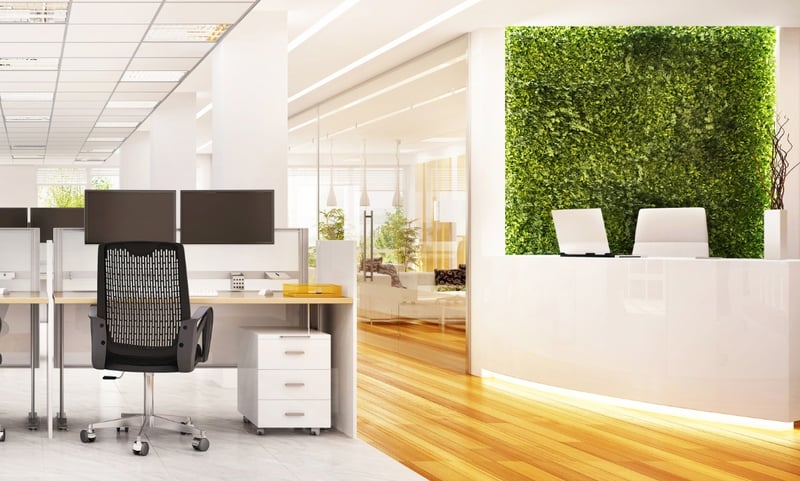
Office Design Inspiration
If you're looking for office design inspiration, there are many resources you can turn to for ideas and guidance. Here are some suggestions:
- Pinterest: Pinterest is a great source of inspiration for all kinds of design, including office design. Search for keywords such as "office design," "workspace inspiration," or "modern office," and browse through the many images and ideas that come up.
- Design blogs and magazines: There are many design blogs and magazines that focus specifically on office design. Some popular ones include Office Snapshots, Design Milk, and Dezeen. These resources can provide you with a wealth of inspiration and ideas for your own office design.
- Instagram: Instagram is another platform where you can find inspiration for office design. Search for hashtags such as #officedesign, #workspacegoals, or #interiordesign, and follow accounts that share design ideas and inspiration.
- Collaborative spaces: Collaborative workspaces, such as WeWork and Regus, often feature beautifully designed spaces that can provide inspiration for your own office design.
- Professional design services: If you're looking for more personalized guidance and advice on office design, consider hiring a professional design service. They can work with you to create a custom design that meets your specific needs and reflects your company's culture and values.
➡️ Get more ideas on our blog
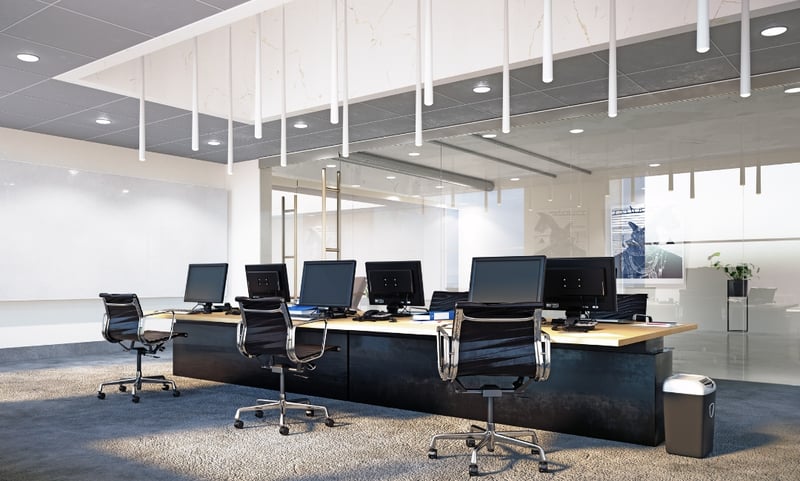
Why is Office Design Important?
Office design is important for several reasons:
- Employee productivity and satisfaction: A well-designed office can improve employee productivity and satisfaction by providing a comfortable, functional, and aesthetically pleasing workspace. When employees are happy and comfortable in their environment, they are more likely to be productive and engaged in their work.
- Brand identity: Office design can help communicate a company's brand identity and values to employees, clients, and visitors. A well-designed office can help create a sense of professionalism, creativity, or innovation, depending on the company's brand.
- Recruitment and retention: A well-designed office can help attract and retain top talent by creating an appealing and comfortable workspace. When potential employees see that a company values their work environment and invests in their comfort and well-being, they may be more likely to want to work for that company.
- Health and well-being: Office design can also impact employee health and well-being. Features such as natural lighting, ergonomic furniture, and biophilic design elements can help reduce stress and improve physical and mental health.
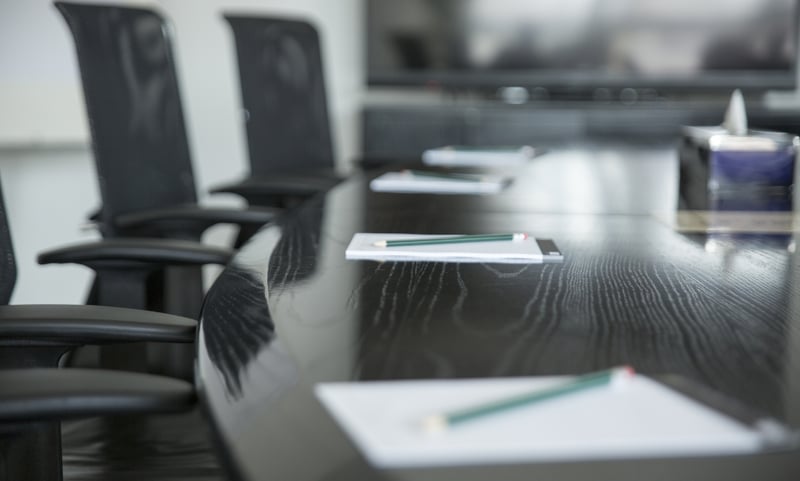
Office Design Elements of Conference Rooms
When it comes to conference room design, there are several key elements to consider to create a functional and comfortable space for meetings and presentations:
- Seating: Comfortable and ergonomic chairs are essential for long meetings and presentations. Choose chairs with adjustable height and backrests to accommodate different body types and preferences.
- Tables: Conference tables come in a variety of shapes and sizes, and the choice depends on the size of the room and the number of attendees. Rectangular or oval-shaped tables are the most common, but round tables can also be a good option for more intimate meetings.
- Lighting: Good lighting is essential for a productive meeting environment. Natural lighting is ideal, but if that's not possible, choose overhead lighting that is bright but not too harsh. Dimmer switches can be a good addition to allow for adjustments during presentations.
- Technology: Conference rooms should be equipped with the necessary technology to facilitate presentations and collaboration. This can include a projector or large screen, video conferencing equipment, and audio systems.
- Acoustics: Sound control is important for privacy and to reduce distractions. Consider adding sound-absorbing panels, carpets, or wall hangings to reduce noise.
- Décor: Conference room décor should be simple and professional but can still incorporate elements of the company's brand or culture. Artwork, plants, or branded wall graphics can add interest and personality to the space.
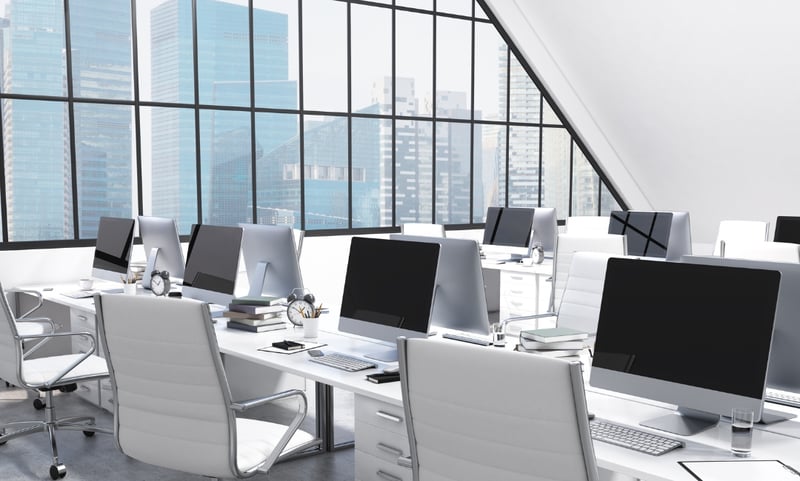
Office Design Elements of Open Spaces
Open office design is a popular trend in modern office design that emphasizes collaboration, creativity, and flexibility. Here are some common elements of open office spaces:
- Flexible layouts: Open office spaces are designed to be adaptable and flexible, with movable furniture and partitions that can be rearranged to accommodate different needs and activities.
- Collaborative workspaces: Open offices often include shared workspaces, such as communal tables, benches, or lounges, that encourage collaboration and communication between employees.
- Private spaces: While open office spaces promote collaboration, they should also provide opportunities for privacy and quiet work. This can include private meeting rooms, phone booths, or individual workstations that offer some level of acoustic and visual privacy.
- Natural light: Open office spaces often prioritize natural light, with large windows or skylights that let in daylight and create a more pleasant and productive environment.
- Indoor plants: Plants are a popular element of open office design, as they can improve air quality, reduce noise levels, and create a more welcoming and relaxing environment.
- Technology: Open offices should be equipped with the necessary technology to facilitate collaboration and communication, such as video conferencing systems, projectors, and other audiovisual equipment.
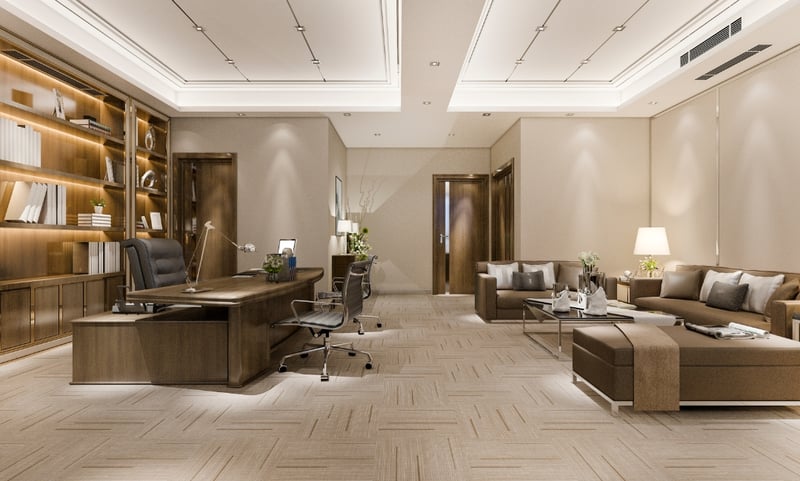
Office Design Elements of Executive Offices
Executive offices are typically designed to project a sense of prestige, authority, and professionalism. Here are some common elements of executive office design:
- High-quality materials: Executive offices often feature high-end materials such as hardwood floors, marble or granite countertops, and luxurious fabrics or leather.
- Private spaces: Executive offices typically include private areas for work, meetings, and relaxation. This can include a private office, a conference room, and a comfortable seating area.
- Customized furniture: Executive offices often feature custom-designed furniture that is tailored to the needs and preferences of the occupant. This can include a large desk, comfortable chairs, and custom storage solutions.
- Artwork and decor: Artwork and decor can be used to create a welcoming and visually appealing environment. This can include paintings, sculptures, or other pieces that reflect the occupant's personality or interests.
- Advanced technology: Executive offices often include advanced technology such as high-speed internet, video conferencing systems, and other tools to facilitate communication and productivity.
- Views and natural light: Executive offices often offer beautiful views and natural light, which can help to create a more pleasant and productive environment.
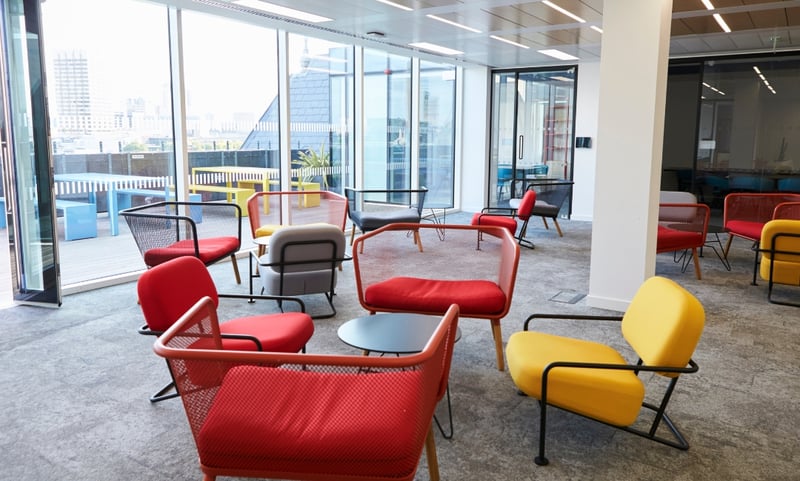
Office Design Elements of Breakrooms
Breakrooms are important spaces for employees to take a break, relax, and recharge. Here are some common elements of breakroom design:
- Comfortable seating: Breakrooms should have comfortable seating options such as sofas, armchairs, or bean bag chairs where employees can relax and socialize.
- Kitchen and food storage: Breakrooms should have a kitchen area with appliances such as a refrigerator, microwave, and coffee maker. This area should also have ample storage for snacks, drinks, and other food items.
- Tables and chairs: Breakrooms should have tables and chairs where employees can eat their meals or work on their laptops.
- Entertainment options: Breakrooms should have entertainment options such as a TV, board games, or a ping pong table to provide a fun and relaxing atmosphere.
- Natural light: Breakrooms should have plenty of natural light and windows to help employees feel energized and rejuvenated.
- Decorations: Breakrooms should be decorated with artwork, plants, or other items that create a welcoming and comfortable atmosphere.
Our office design services are offered through our Indiana location only.

